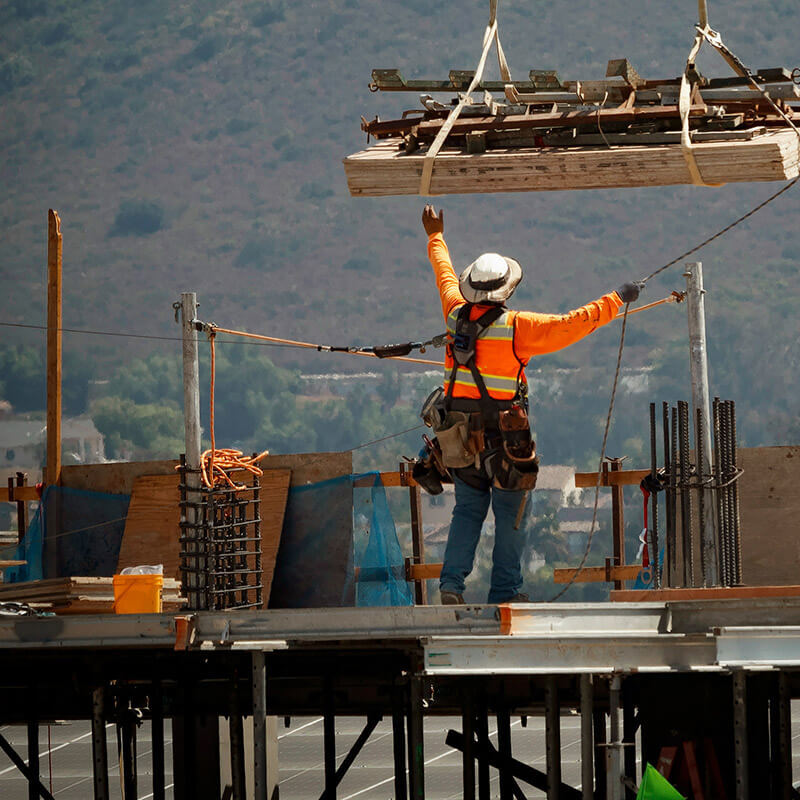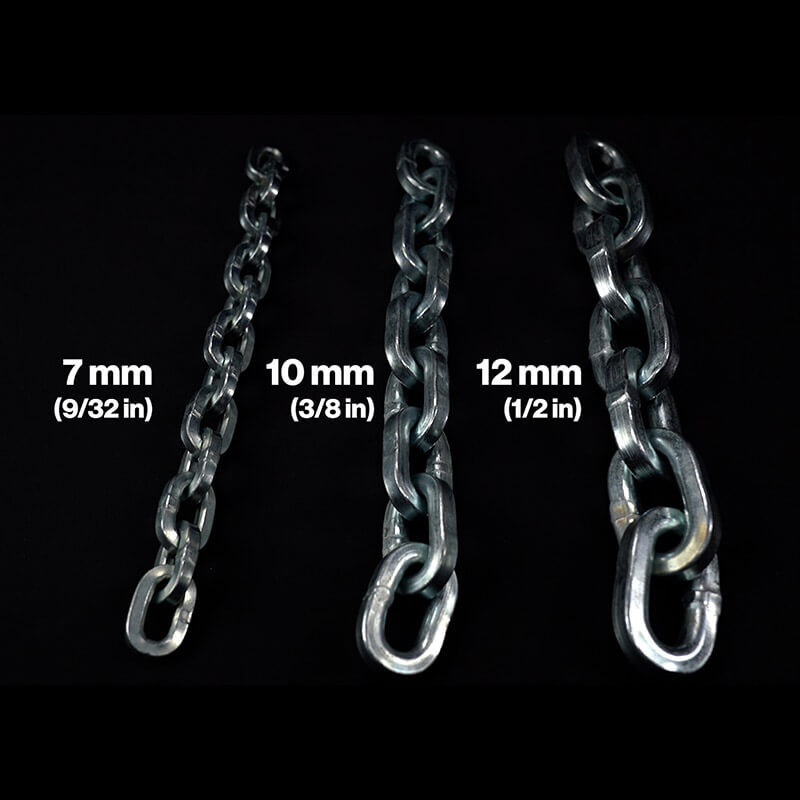What thickness rope for climbing?
Choosing the right climbing rope is crucial. It must fit the type of climbing you do. You need to think about whether it should have a bi-pattern or a middle mark. Also, the rope's length and if it should be dry-treated are important.
The rope's diameter is key for performance. It affects how well the rope works in different climbing styles. You should pick a diameter that meets your climbing needs.
Experts keep a variety of ropes for different climbing tasks. The rope's diameter affects its handling, how much it stretches, and how long it lasts. A thicker rope might last longer but can be harder to handle and manage.
Key Takeaways
- Rope diameters for climbing typically range from 8.5mm to 10.2mm.
- Skinny ropes (8.5mm-9.3mm) are often used for alpine climbing and multi-pitch scenarios.
- Medium-diameter ropes (9.4mm-9.7mm) are versatile and suitable for cragging, top-roping, and multi-pitch climbing.
- Thick ropes (9.8mm-10.2mm) are commonly utilized for cragging, top-roping, and gym climbing purposes.
- Thicker ropes generally provide better durability but can negatively impact handling and rope management.
Understanding Rope Diameters: What Thickness is Right for You?
Choosing the right rope thickness is key for safety and performance in climbing. Climbing ropes come in sizes from 8.5mm to 11mm. Each size suits different climbing styles and preferences.
Smaller ropes, or "skinny ropes," are 8.5mm to 9.5mm. They're loved by experienced climbers for being light and easy to handle. These ropes are great for long climbs but might not last as long as thicker ropes.
Medium-diameter ropes, 9.4mm to 9.8mm, are a good middle ground. They're durable and not too heavy. They're perfect for both traditional and sport climbing.
- Thicker ropes, 9.8mm to 10.2mm, are more durable. They're great for new climbers or those climbing a lot. They're also good for gym climbing and rough rock surfaces.
- Ropes over 10mm to 11mm are for heavy-duty climbing. They're safer and last longer. They're best for climbing gyms and frequent use.
When picking a rope, think about its gauge and how it works with climbing gear. Make sure it fits with your belay devices and other equipment. Also, look for features like dry treatments and cut-resistant technology.
The right rope size depends on the type of climbing. For outdoor climbing, a 60m dynamic rope is often used. But indoor climbing walls need a shorter 40m rope.
Certifications like UIAA Fall Rating and Impact Force are important. They ensure the rope is safe and performs well. These certifications help you choose the best rope for your climbing needs.
Choosing the Right Climbing Rope Diameter
It's key for climbers to know the differences in rope diameters. The right rope thickness depends on the climb type, personal choice, and safety needs. We'll look at the main categories and what to consider for each.
Skinny Ropes (8.5mm - 9.3mm)
Skinny ropes, from 8.5mm to 9.3mm, are best for light climbs like alpine or multi-pitch. They have less friction and are lighter, great for long climbs. But, they need careful use because they're not as durable.
Brands like Bishop Lifting make high-performance ropes for specific needs. This ensures climbers can count on their rope in critical moments.
Medium-Diameter Ropes (9.4mm - 9.7mm)
Medium-diameter ropes, from 9.4mm to 9.7mm, balance weight and durability well. They're good for many climbing styles, from cragging to top-roping. They're great for climbers moving up to more challenging levels.
Choosing the right rope thickness, medium-diameter ropes are versatile. They suit many climbs and offer a good mix of performance and safety.
Thicker Ropes (9.8mm - 10.2mm)
Thicker ropes, from 9.8mm to 10.2mm, are less common but important for certain climbs. They're good for gym climbing or heavy top-roping where durability matters. They work well in belay devices for wider diameters.
For climbs needing strong performance, thicker ropes from trusted suppliers like Bishop Lifting are reliable.
Conclusion
Choosing the right rope thickness for rock climbing is key. It affects your climbing experience a lot. Thinner ropes, from 8.5mm to 9.3mm, are great for alpine and multi-pitch climbs because they're light. On the other hand, thicker ropes, 9.8mm to 10.2mm, are better for gym climbing and top-roping because they're durable and easy to handle.
When picking a rope, think about how it works with your climbing gear. This ensures your safety. Dry-treated ropes are good in wet weather because they don't absorb much water. They stay strong and last longer.
Look at the sheath percentage and dynamic elongation too. A higher sheath percentage means the rope is more resistant to wear. Dynamic elongation shows how the rope will do under stress.
Rope sizes can vary by +/-5%. Middle markers on ropes help with setting up rappels. When buying ropes, check the impact force, number of falls, and dynamic elongation. These tell you how well the rope will perform and last.
Getting advice from climbing experts and buying ropes that meet UIAA standards is smart. It makes climbing safer and more efficient, whether indoors or outdoors.
Whether you are looking for climbing ropes, or arborist rope for tree climbing or if you need climbing rope for any type of rigging situation you can buy climbing ropes online for sale at our online store Bishop Lifting.
FAQ
What thickness rope is best for climbing?
The right rope diameter depends on your climbing type. Skinny ropes (8.5mm - 9.3mm) are great for lightweight climbs. Medium-diameter ropes (9.4mm - 9.7mm) balance durability and weight. Thicker ropes (9.8mm - 10.2mm) are best for top-roping and gym climbing.
How does climbing rope diameter affect performance?
Rope diameter affects handling, durability, and how it stretches under force. Thinner ropes are lighter and easier to handle but less durable. Thicker ropes are more durable but heavier and harder to manage.
What is the recommended rope diameter for gym climbing?
Gym climbing benefits from thicker ropes (9.8mm - 10.2mm). They're more durable, perfect for frequent falls and tough environments.
Are thinner ropes safe for all types of climbing?
Thinner ropes (8.5mm - 9.3mm) are safe if used right. They're great for alpine climbing where weight matters. But, they need careful handling and regular checks because they're less durable.
How do I choose the right rope thickness for outdoor climbing?
Choose based on your climbing type, durability needs, and weight. Medium-diameter ropes (9.4mm - 9.7mm) balance flexibility and strength. Always look for UIAA safety standards.
Can a thicker rope improve belay device compatibility?
Yes, thicker ropes (9.8mm - 10.2mm) work better with wider belay devices. They make belaying and rappelling easier and safer.
Why are skinny ropes preferred for alpine climbing?
Skinny ropes (8.5mm - 9.3mm) are chosen for alpine climbing. They're lighter and reduce friction, making long climbs easier. But, they're less durable and harder to handle.
Does rope thickness affect its longevity?
Yes, rope thickness affects how long it lasts. Thicker ropes are more durable and last longer, especially with frequent falls. Thinner ropes wear out faster.
What Are the Two Types of Kernmantle Rope?
Nov 25th 2025
What Is a Kernmantle Rope Used For?
Nov 21st 2025
What Is a Fall Protection Harness?
Nov 14th 2025
What are the four components of a PFAS?
Nov 7th 2025
Is Palmer Safety OSHA Compliant?
Nov 3rd 2025
What’s the Hardest Chain to Cut?
Oct 20th 2025
What are the most common tools used in rigging?
Oct 13th 2025
What Is the Strongest Security Chain?
Oct 7th 2025
Are Pewag Chains Good?
Oct 3rd 2025











